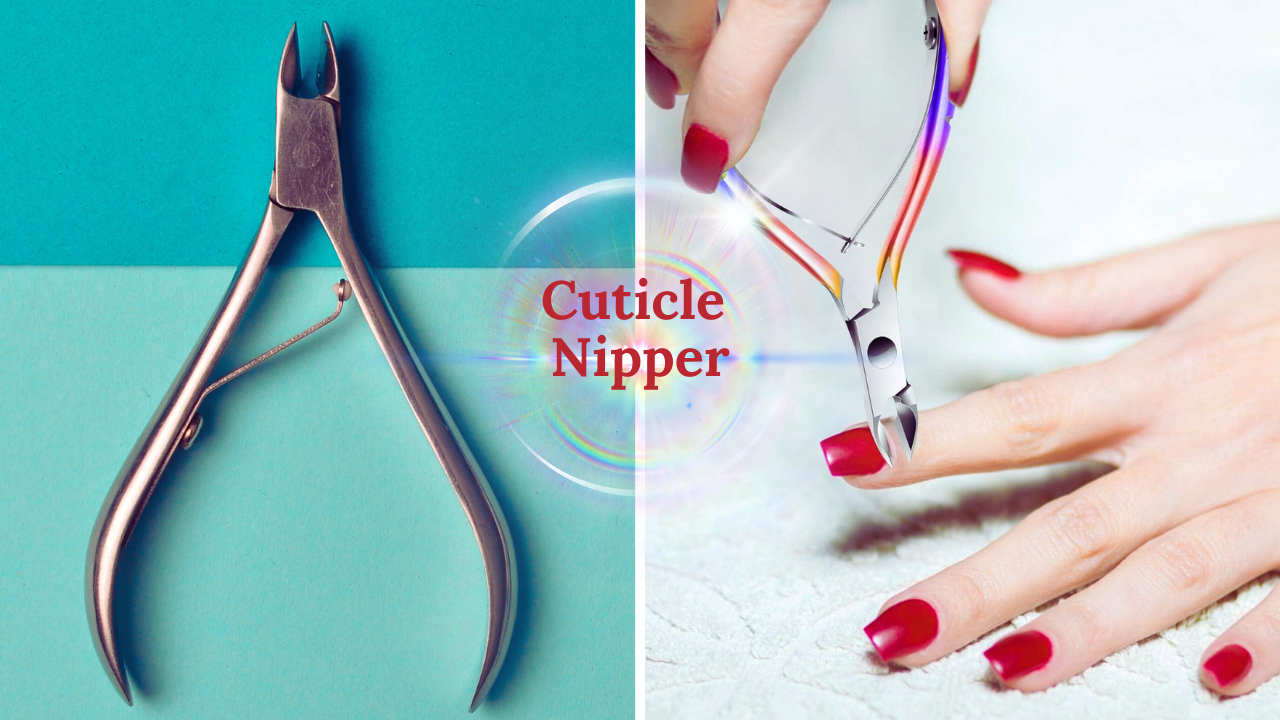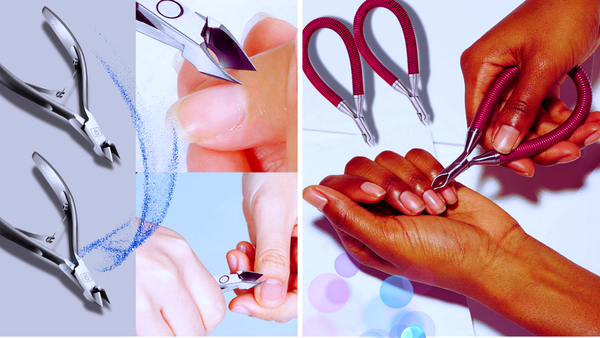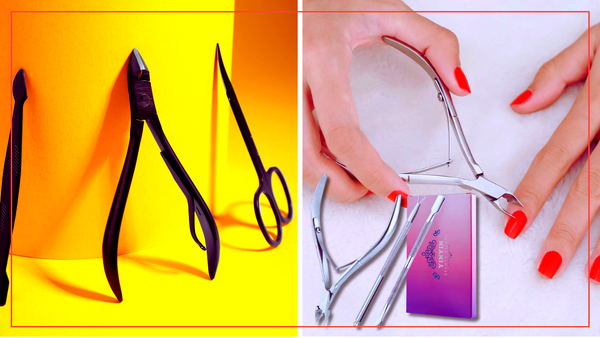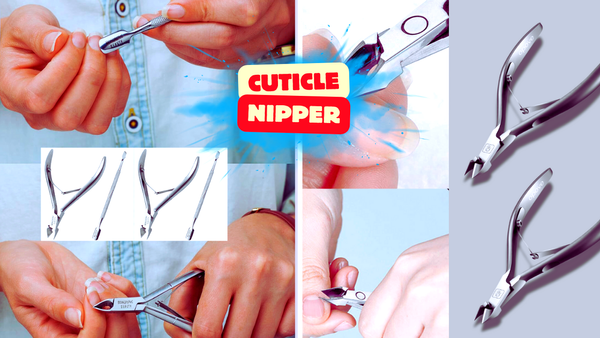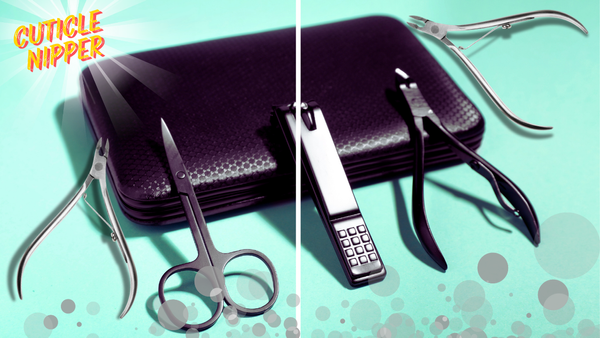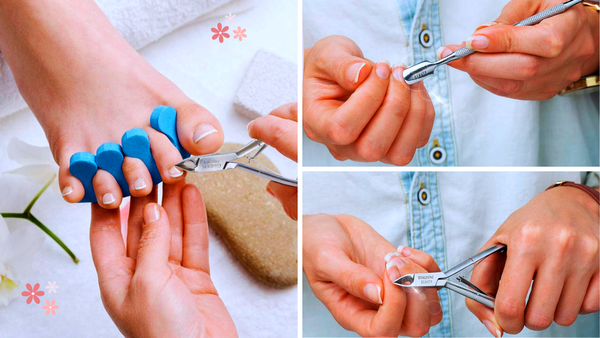Key Takeaways:
- Cuticle trimmers and nippers serve different purposes in nail care.
- Choosing the right tool depends on the specific needs of your cuticles and nails.
- Proper hygiene and maintenance of these tools are crucial to avoid infections and ensure longevity.
When it comes to nail care, understanding the difference between a cuticle trimmer and a nipper can make a difference. Though seemingly similar, these tools have distinct functions and are designed for specific tasks. Knowing which one to use can help you maintain healthy nails and cuticles, avoiding potential damage and discomfort.
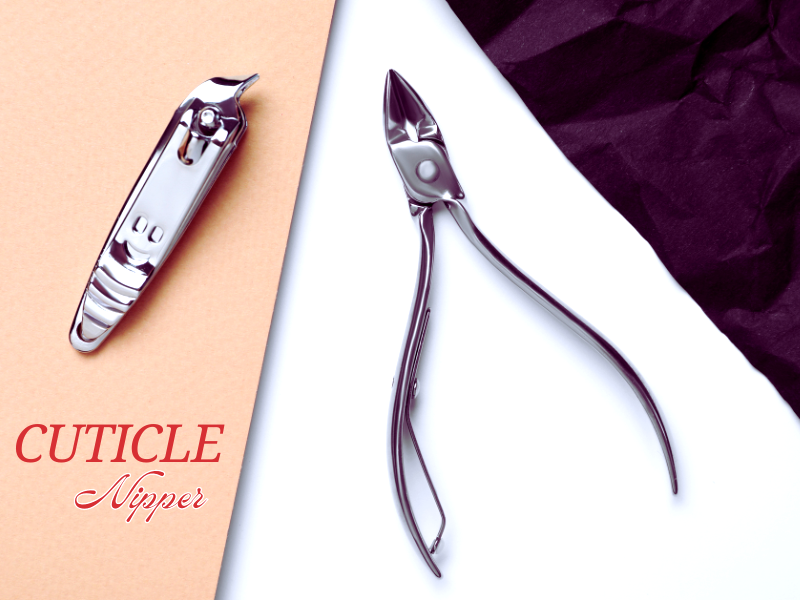
What is a Cuticle Trimmer?
A cuticle trimmer is a small tool designed to trim the thin, dead skin around the base of your nails. It typically features a small, V-shaped blade that allows for precise cutting. This tool is perfect for those who want to keep their cuticles neat without removing too much skin. Unlike cuticle scissors, which are small, sharp scissors designed for precision trimming and reaching tight spots around the nails, cuticle trimmers are more straightforward to use.
Cuticle trimmers are easy to use and ideal for maintaining your nails' appearance. They are particularly useful for delicate cuticles that don’t require heavy-duty trimming. Regular use of a cuticle trimmer can help prevent hangnails and keep your nail beds looking clean and well-groomed.
What is a Cuticle Nipper?
Cuticle nippers, on the other hand, are more robust tools designed for cutting thicker, tougher cuticles. They feature two sharp, curved cutting blades that come together at a pivot point, allowing for precise cutting. The width of the cutting blades on cuticle nippers can vary, with narrower blades being suitable for precise tasks and broader blades offering greater coverage and cutting power. Cuticle nippers are better for removing larger sections of cuticles or dead skin around the nail bed. They are also ideal for thick or tough cuticles.
These tools are also great for removing dead skin and hangnails. The double spring mechanism in many cuticle nippers provides better control and reduces hand fatigue, making them a favorite among professional manicurists. However, they require more care and precision to avoid cutting too much skin and causing damage.
Key Differences Between Cuticle Trimmers and Nippers
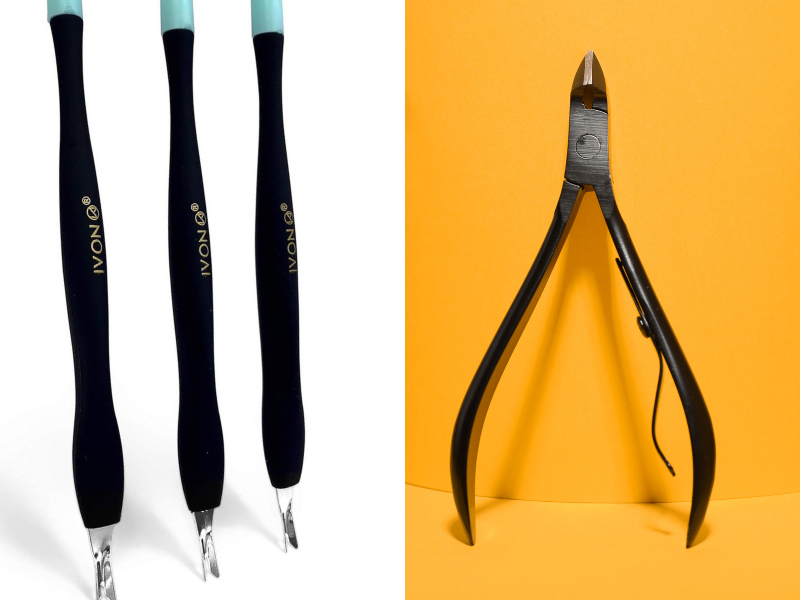
The primary difference between a cuticle trimmer and a nipper is their design and intended use. Cuticle trimmers are specifically designed to light-trim thin, dead skin around the nails. In contrast, cuticle nippers are built for more heavy-duty tasks, such as trimming thicker cuticles and ingrown toenails. Cuticle scissors and nippers are highly precise tools for trimming cuticles, with cuticle scissors being particularly effective for reaching tight spots around the nail and cuticle nippers offering various jaw sizes for utmost accuracy.
Another key difference is the cutting mechanism. Cuticle trimmers use a small, V-shaped blade, whereas cuticle nippers have two curved blades that meet at a pivot point. This difference in design allows cuticle nippers to handle tougher jobs with greater precision.
Choosing the Right Tool for Your Needs
Selecting the right tool depends on the condition of your cuticles and nails. A cuticle trimmer is likely the best choice if you have thin, delicate cuticles. It allows for gentle trimming without the risk of cutting too much skin. On the other hand, if you have thicker cuticles or need to address ingrown toenails, a cuticle nipper is the more appropriate tool. Nail nippers are often used by professionals for manicures and pedicures, highlighting their importance in maintaining hygiene and preventing injuries during nail trimming.
It’s also important to consider the jaw size of the nipper. Full jaw nippers are suitable for larger areas, while smaller jaw sizes offer more precision for delicate tasks. Understanding your specific needs will help you choose the perfect tool for maintaining healthy nails and cuticles.
Proper Use and Maintenance for Trimming Cuticles
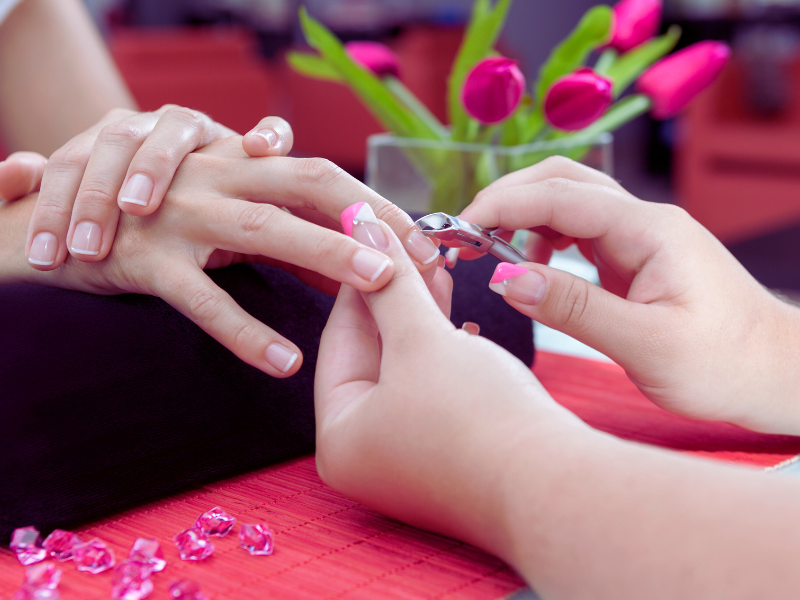
Using these tools correctly is crucial to avoid nail damage and infections. Always start by soaking your nails in warm water to soften the cuticles. This makes the trimming process easier and reduces the risk of tearing the skin. When using a cuticle trimmer, gently push back the cuticles before trimming the excess skin. Be careful not to damage the surrounding skin when using cuticle scissors or nippers.
For cuticle nippers, ensure the blades are sharp and clean. Dull blades can tear the skin, leading to discomfort and potential infections. After each use, clean the tools with alcohol and store them in a dry place to prevent rusting. Regular maintenance will keep your tools in good condition and extend their lifespan.
Summary
Understanding the difference between a cuticle trimmer and a nipper is essential for effective nail care. Each tool has its specific purpose, and choosing the right one depends on the condition of your cuticles and nails. Proper use and maintenance of these tools will help you achieve healthy, well-groomed nails and avoid potential damage and infections. Also, check out amazing deals on these must-have tools to keep your nails healthy and well-groomed.
FAQ
What is the main difference between a cuticle trimmer and a nipper?
The main difference lies in their design and intended use. Cuticle trimmers are designed to light trim thin, dead skin, while cuticle nippers are built to cut thicker cuticles and ingrown toenails.
How do I choose the right tool for my cuticles?
Choosing the right tool depends on the condition of your cuticles. If you have thin, delicate cuticles, a cuticle trimmer is ideal. A cuticle nipper is more suitable for thicker cuticles or ingrown toenails.
How should I maintain my cuticle trimmers and nippers?
Proper maintenance involves cleaning the tools with alcohol after each use and storing them in a dry place. Regularly sharpening the blades will ensure they remain effective and safe to use.
